Posing in front of handcrafted stage sets as if starring in a school play, refugee children from Burundi and Syria re-enacted scenes of escape from their home countries while others dressed up for their dream jobs.
The colorful images are part of a three-month photo project by French photographer Patrick Willocq, working on assignment with international charity Save the Children and U.K. education publisher Pearson to highlight the plight of refugee kids. Frustrated that most photos of refugee children in mainstream media depict images of despair and hopelessness, he decided to let the children tell their own stories in their own way.
"By humanizing personal stories, I thought the world would take notice of the breadth and complexity of children seeking refuge," Willocq said in a statement to The WorldPost. "The idea was to show real children and tell their real stories, by involving the subjects, listening to them, creating a décor together with them, by staging their lives and their desires."
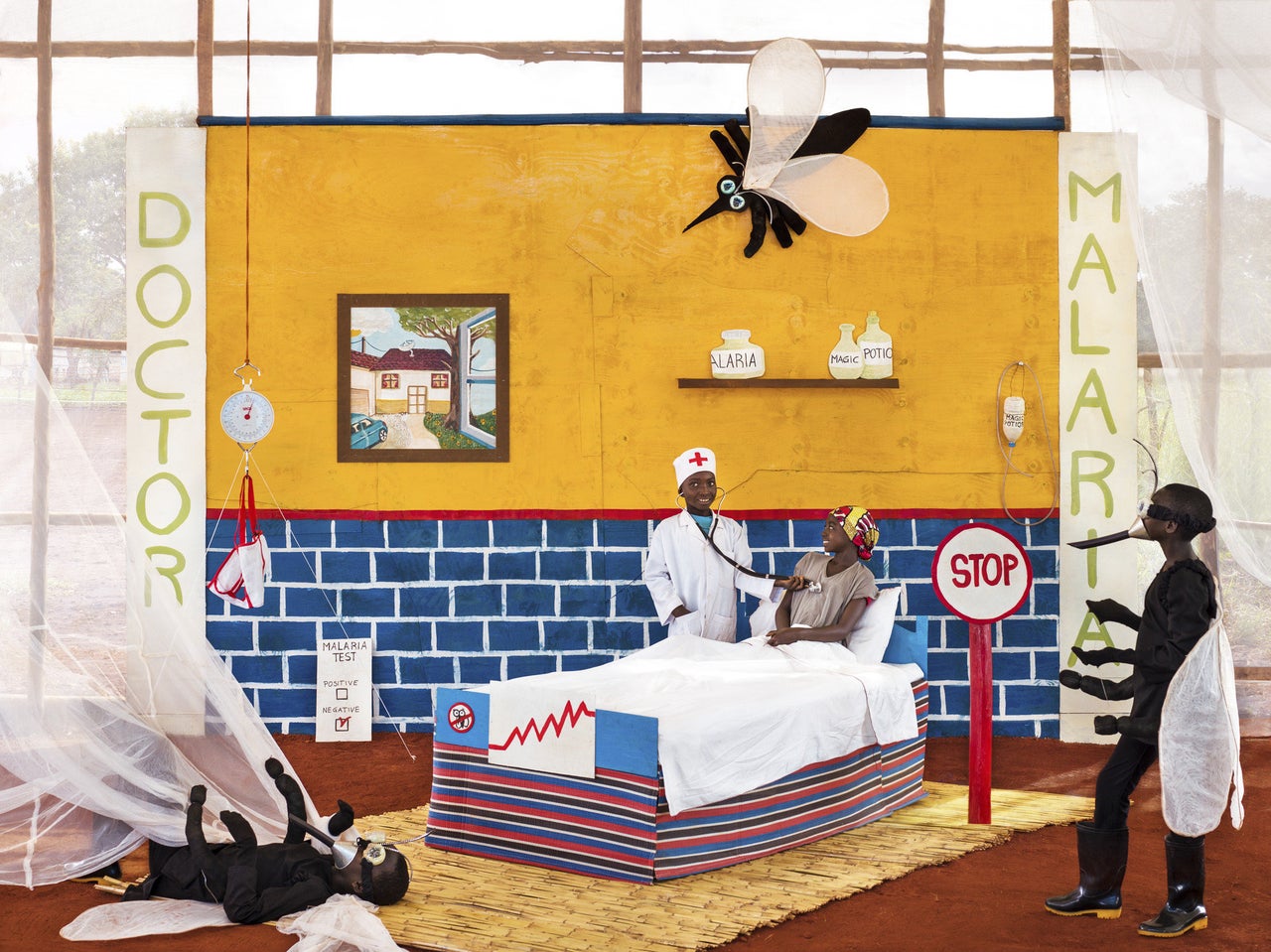
Willocq photographed Burundian children at the Nyarugusu refugee camp in Tanzania and took pictures of Syrian children in refugee communities in Lebanon's Bekaa Valley. With the help of local artists and volunteers, he and the youngsters fashioned large decorative sets from leftover materials found in their communities.
"I wanted the overall artistic feel to be colorful, naïve and surreal to help de-dramatize a bit the stories, so that the audience may look at them without apprehension despite the hardness of the message," he said.
Some 40,000 children live in Tanzania's Nyarugusu camp, according to Save the Children. With over 140,000 inhabitants, it is one of the world's largest and most overcrowded refugee camps, the United Nations refugee agency UNHCR noted earlier this year.
Most of the camp's inhabitants are from Burundi. Tens of thousands of Burundians have fled violence and political instability in their home country since it declared independence from Belgium in 1962. Last year, when Burundian President Pierre Nkurunziza announced his intention to run for a third term -- which many citizens say is unconstitutional -- new waves of people streamed out of the country amid a violent crackdown on protesters.
As of Monday, the number of Burundian refugees had surpassed 260,000 people, according to UNHCR. Most had fled to neighboring Tanzania, Rwanda and Uganda.
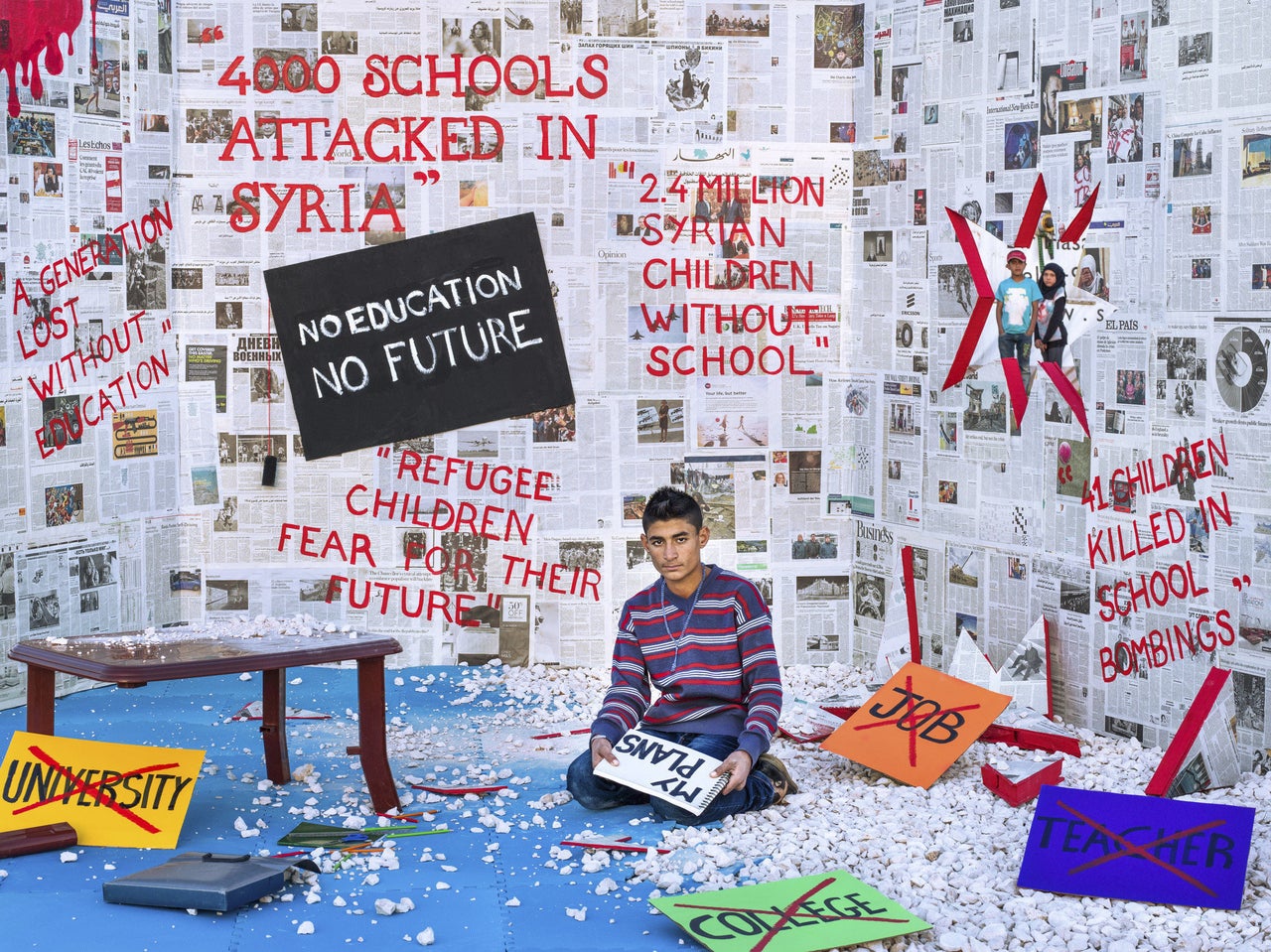
Willocq also spent time in Lebanon's Bekaa Valley, near the Syria-Lebanon border, which is home to over 365,000 Syrian refugees, including 190,000 children. More than 1 million Syrian refugees live in Lebanon, comprising one-fifth of the country's population.
The bloody Syrian conflict hit its fifth year in March, and has produced over 4.8 million refugees. Over 6 million more Syrians are internally displaced, and almost 500,000 people have died or been injured as a result of the war.
Over 30 million of the world's refugees are younger than 18, Save The Children says. At least 3 million of them have no access to formal education. Young people who are edged out of educational opportunities are more vulnerable to child labor, forced early marriage, trafficking or even extremism, U.N. education envoy Gordon Brown wrote in a blog post for The WorldPost last year.
“My wish for the future is to have a place where I can live peacefully, a place where I can feel established, where I can feel that I'm at home.”
- Girl living in Nyarugusu refugee camp in Tanzania
Even after fleeing their countries, the children featured in Willocq's photos face dangers, hardships, and exploitation. Children in Lebanon's Anjar refugee camp describe working backbreaking 12-hour days, receiving as little as $3 each day to help support their families.
A 15-year-old girl in Tanzania's Nyarugusu refugee camp is afraid to leave the camp for firewood for fear of being attacked. "My wish for the future is to have a place where I can live peacefully, a place where I can feel established, where I can feel that I'm at home, without all of these other problems," she said.
Save the Children hopes Willocq's photos will draw attention to its "New Deal For Every Forcibly Replaced Child" program, which pledges to better protect refugee kids and improve their educational opportunities. Representatives from the charity attended the U.N.-sponsored World Humanitarian Summit in Istanbul earlier this week to appeal for financial and logistical support.
The high-level summit was organized to discuss improvements to the world's aid system, but its outcome is unclear. German Chancellor Angela Merkel was the only leader from a G7 country to attend, and Doctors Without Borders pulled out of the event earlier this month, branding it a "fig-leaf of good intentions." Days before the event, Oxfam expressed fears that the summit would be an "expensive talking shop."
Willocq's photos can be seen below. All names have been changed to the protect the children's identities.

Bassam and Tamer started selling tissues after their father was injured during a shelling blitz in Syria. The brothers often work 12 hours and earn about $3 a day, and have faced abuse while on the job.
Farah weeds and clears land for sowing to support her family of 10. In this photo, she and Lubna pose as factory workers peeling oranges to make tinned fruit. These laborers often work 11-hour days for as little as $8 a day.
"What makes me very tired is that I have to keep bending down. When we try and stand up, they ask us to bend down," she said. "We spend the whole day like this. The money they give us is not enough."
Many of these working children are also forced to miss out on educational opportunities in order to work.
"Education is very important. I feel it is especially important for girls. When girls get education, they are respected in society," said Lubna. "Some girls even have jobs in factories. They shouldn't be working -- they should be studying."
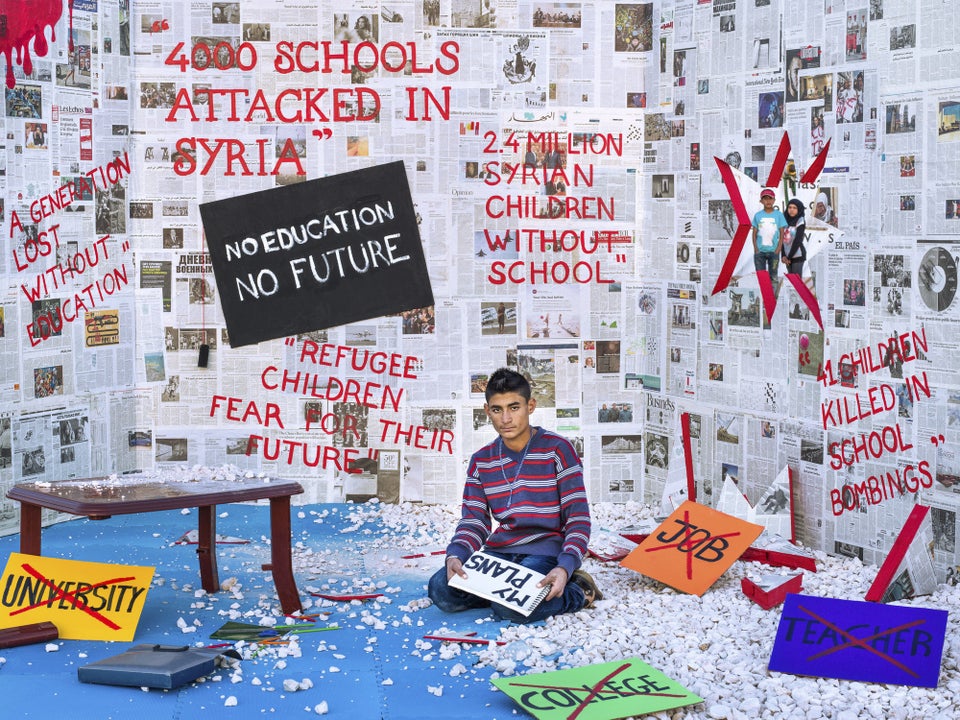
Hatem says he is "sad and scared" about his destiny. He was enrolled in school for two years, but had to stop because his family couldn't afford to continue funding his education. He loved going to school -- his favorite subjects were math, English and Arabic. The teenager had planned to go to university and join the army, but those dreams are now gone.
"Because I am working now and I have been off school for three years, I have missed a lot of studying and won't be able to fill the gap," Hatem said. He now sells clothes at a marketplace and practices dabke, a modern Arab folk circle dance, to keep himself busy.

When Anicet grows up, he wants to be a malaria doctor. In this image, he practices his dream job while his friends act as patients and mosquitoes.
"I want to be a doctor so that I can help people, make a difference and save lives," said Anicet. "This would make me a very important person and it would help me get something in my life."
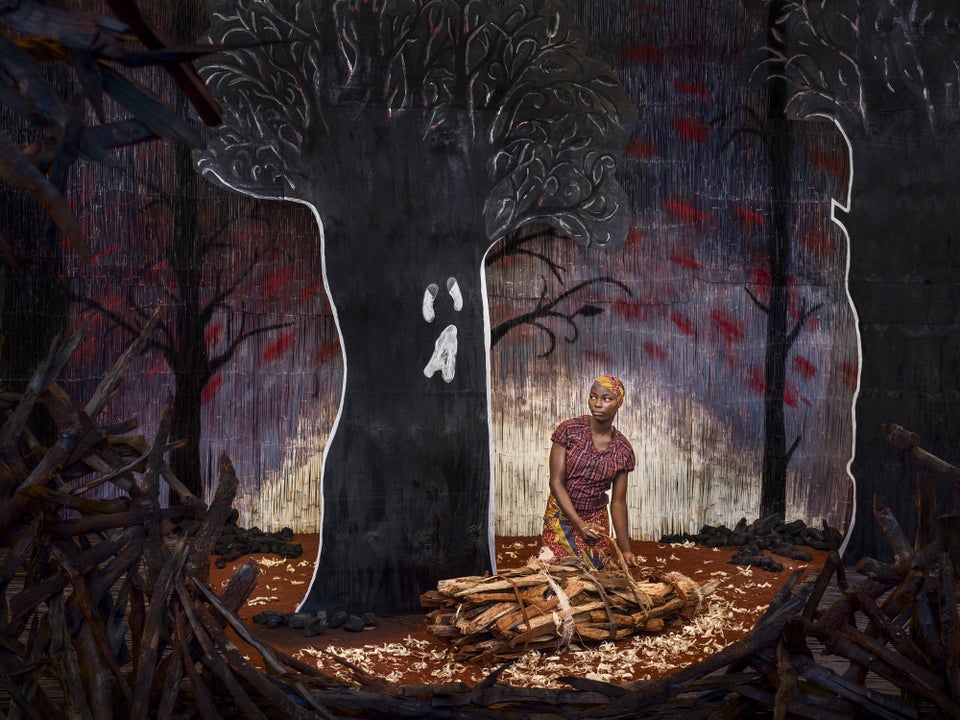
Women and children who venture into the woods face many dangers, including assault.
Here, Esperanse, 15, shows what it is like for young girls and women to search for firewood in the forest surrounding the camp. She herself narrowly escaped an assault from three men.
"There are a lot of dangers that come when we go looking for firewood. ” says Esperanse. "We can get snakebites, or even encounter men who want to abuse us. Even if we’re able to escape and run away, we have to throw down all our firewood and we lose what we came for."
"My wish for the future is to have a place where I can live peacefully, a place where I can feel established, where I can feel that I'm at home, without all of these other problems," she added.
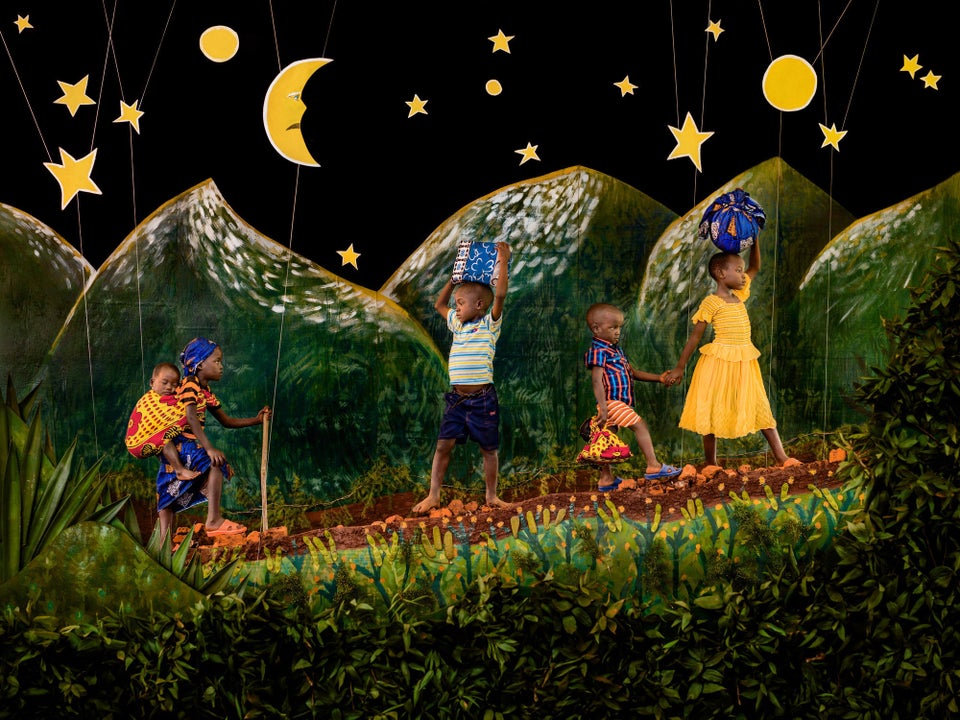
It took the siblings and their family five days to travel from their home to Tanzania, and the journey was far from easy.
"When we reached the [Burundi-Tanzania] border, the police on the Burundian side would not let me cross into Tanzania with my daughters," the girls' father, Pierre, said. "So I separated from them and snuck across the border using a secret path. When I had safely reached the other side, I came out and signaled to Iveye and her sisters."
"When they saw me, they ran across the border right under the gaze of the policemen who could do nothing to stop them," he added.
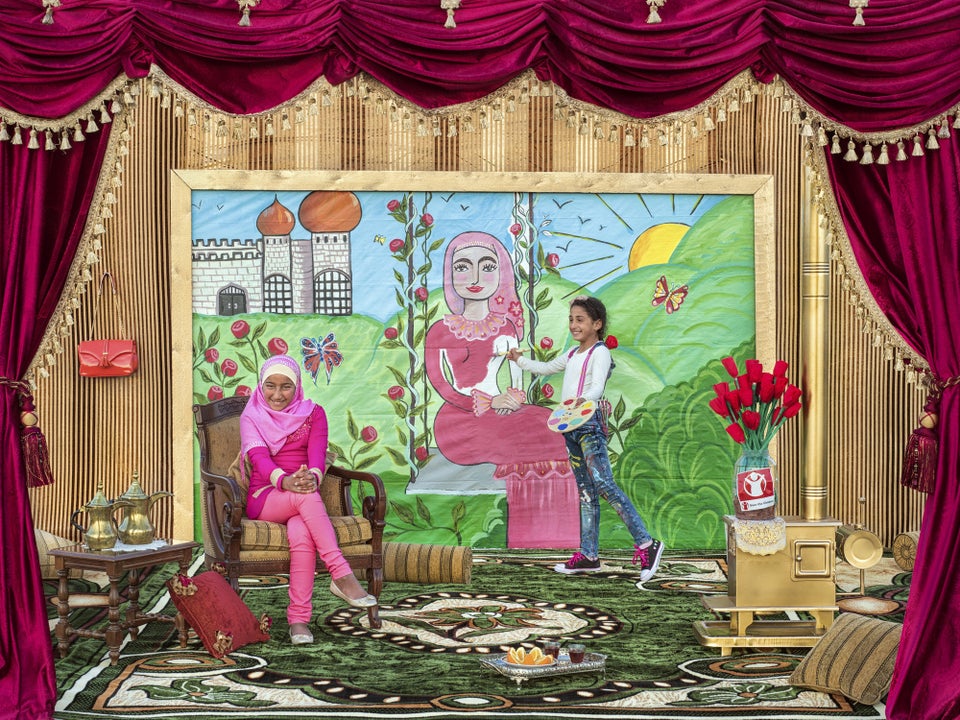
Both girls left Syria with their families to escape the violence. The house next to Samira's was shelled, killing the family next door.
Now the girls live in Lebanon's Bekaa Valley. "In Syria, when we got snow or wind, it was OK," Samira said. "But here, when the wind blows, we get a bit scared, as we're afraid the tent will get blown away."
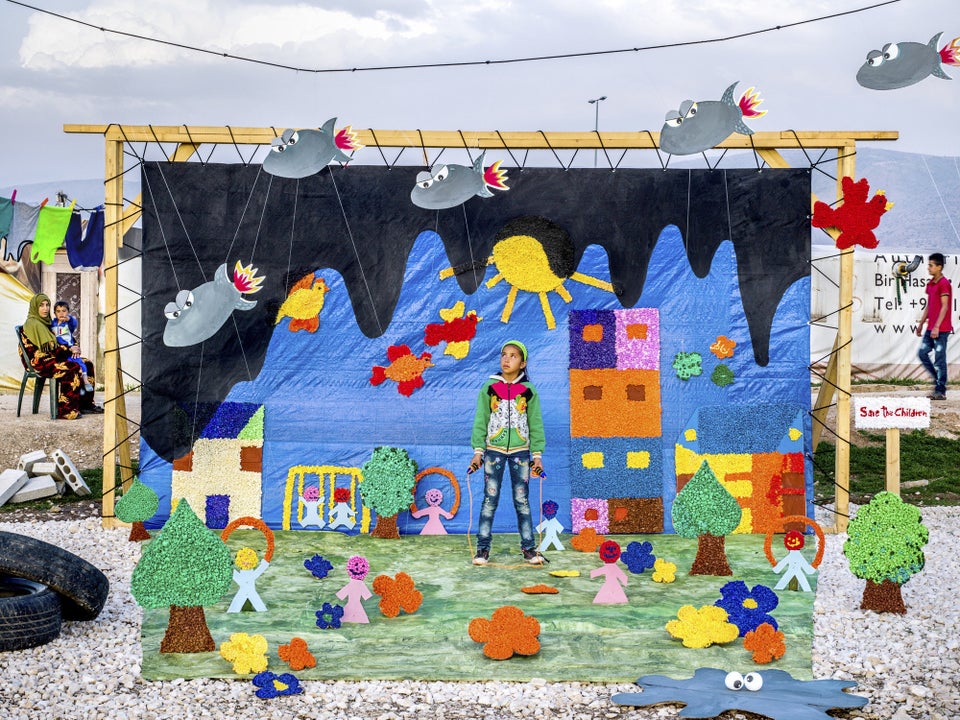
When she was walking home one day, Walaa saw her school explode. This picture uses Walaa's original drawing to depict the moment her school was bombed.
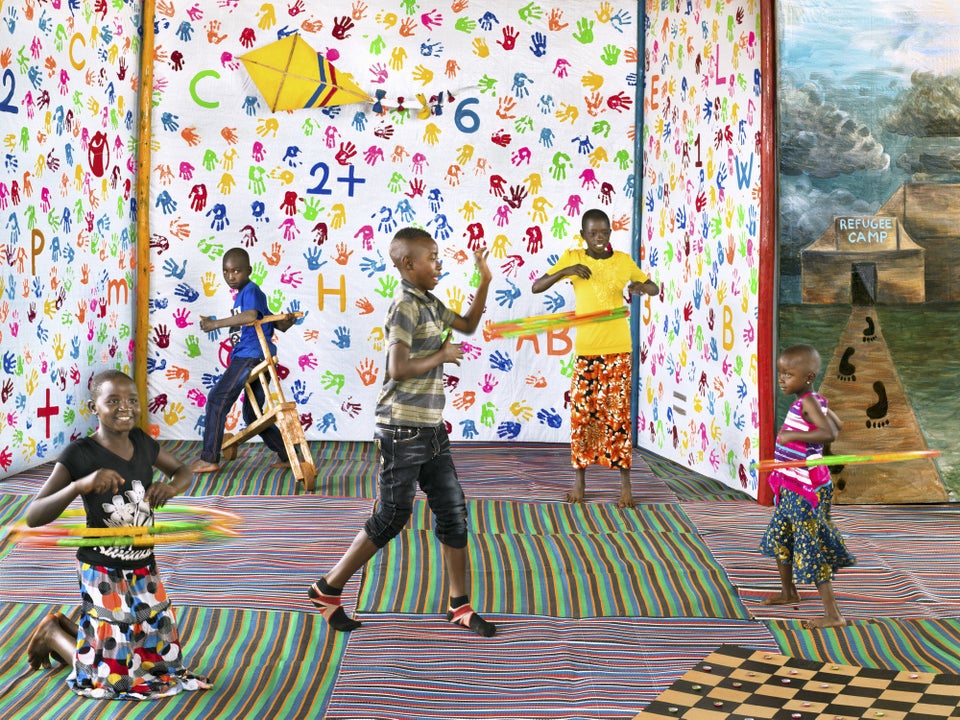
Fifteen-year-old Jacob, center, dreams of becoming a professional dancer. When he realized that he and his family had to flee Burundi, he performed dance routines in his local town market until he earned enough money to pay for his and his grandparents' transport to cross into Tanzania.
"I feel good about myself when I dance," said Jacob. "I feel that dancing will help me achieve my goals in life."
Watch children who participated in Willocq's photo series tell their stories in the video below.
